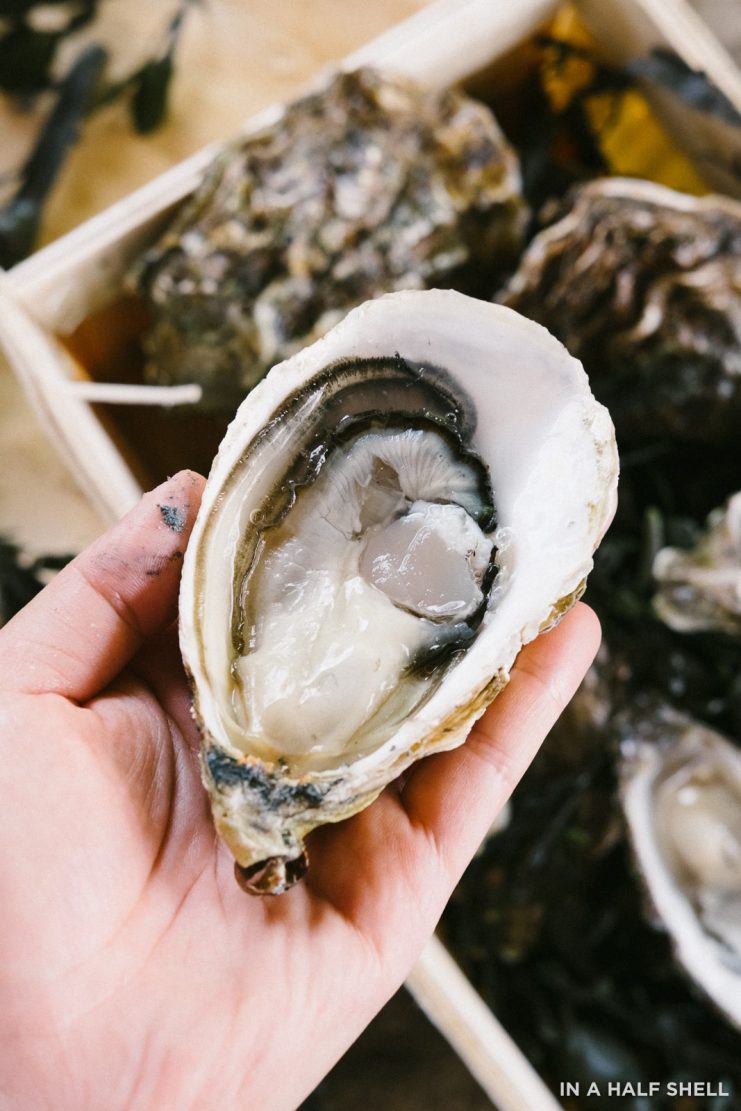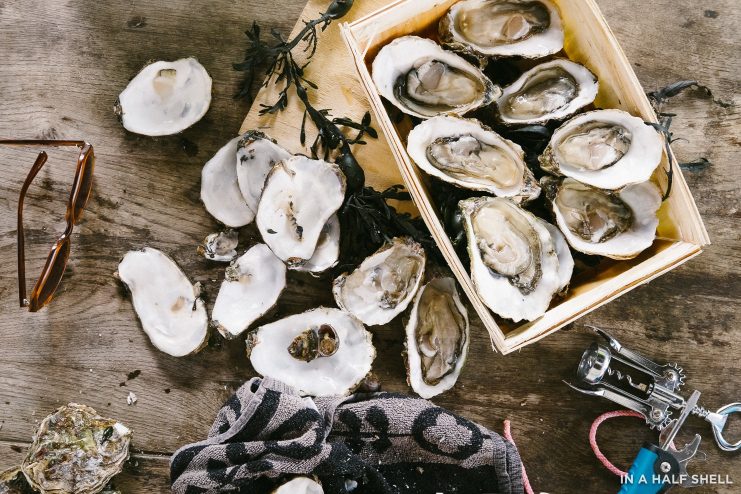How to Open Oysters Without a Shucking Knife
Have you ever been stuck on an island with a bunch of oysters, but not a shucking knife? Here's how to work around this "terrible" situation.
Over the winter holiday, B and I went on our first dedicated dive trip to Bonaire, a tiny island that's part of the Netherlands Antilles in the Carribean Sea. Ever since our trip to St. Lucia in 2012, I have been fascinated with being underwater. Then once I got my PADI certification in Thailand in 2014, scuba diving has become our new thing. If you haven't tried it before, do try it! It gives you a whole new level of appreciation for our oceans.
We dove twice a day, every day, for 10 days. While we were discovering plenty of surprises under the sea, one of the biggest surprises awaited inside the island's main supermarket.
Fact: where there are oysters, there I will be. The Dutch supermarket is the place to be the day before Christmas Eve. People were running around buying up all sorts of fruits, vegetables, meats, liquor, and snacks. Without even thinking about it, I wandered into an aisle in the "prepared" seafood section and came across this tightly packed wooden box of oysters from the Netherlands. A promo sign sign hung next to this box and another tray of less impressively packaged oysters. Only one box remained on the shelf and I haven't had "Zeeland" oysters in many, many years! Obviously, I wouldn't be leaving the shop without it.
After paying about $25 USD for this pack of 12, we went back to our villa and started investigating the origins of these oysters. Zeeland's Roem is part of Europe's largest seafood processor. They mainly deal in shellfish—mussels, oysters, and prawns. On their website, they claim that their creuse oysters, known as “Fines de Zélande” are raised in pure Zeeland waters of the Oosterschelde and Grevelingen.
I picked up an oyster from the seaweed nest and felt the heftiness in my hand. A lot of meat inside, perhaps? That's when I came to the realization that we'd have to improvise a bit on getting these guys open. I am a strong proponent for safe shucking, which means that I think you should always use hand protection and a proper oyster knife. I know, I know, some bros want to act tough and shuck barehanded. That's fine, whatever. I like to keep my palms as soft, smooth, and blood-free as possible! :)
But assume you're without a knife. (Maybe you broke it already?) That's a cue to head to the garage or tool shed. Look for a sturdy instrument with a tapered or flat, but somewhat sharp tip. Some have found success with butter knives... in this case, a butter knife wouldn't even fit under the hinge! We ended up having luck with one of the screwdrivers on a diver's multitool.
Check out my buddy Hans taking a crack at it in the video below:
So there you have it! Fresh oysters from Holland that are pretty damn well shucked, if I don't say so myself. (All of the oysters pictured above were by yours truly.) Unfortunately, the balmy 80-degree weather and my paranoia prevented me from trying any of these raw. Although I'm sure they would've been perfectly fine, there was no way in hell that I'd want to risk it before an international flight. In the end, we settled on grilling them with a makeshift BBQ bourbon butter. They were still quite tasty, but I suppose I'll have to take a trip to Holland to experience the real deal.
What is the strangest tool you've ever used to open an oyster? Share your story in the comment section below!





